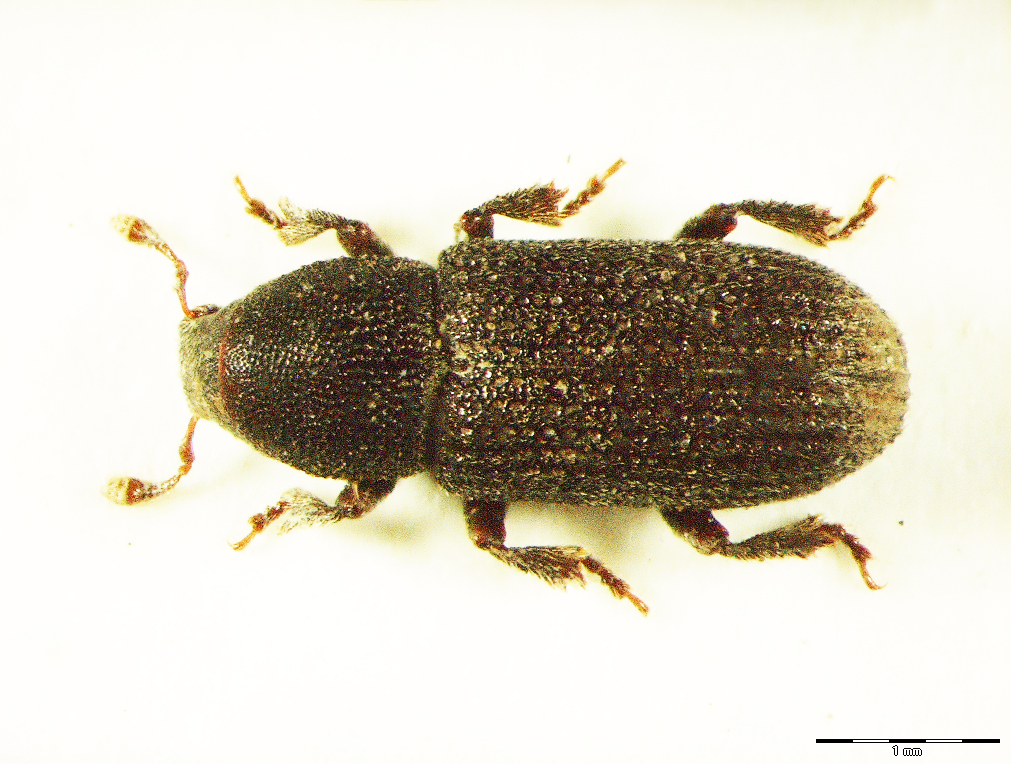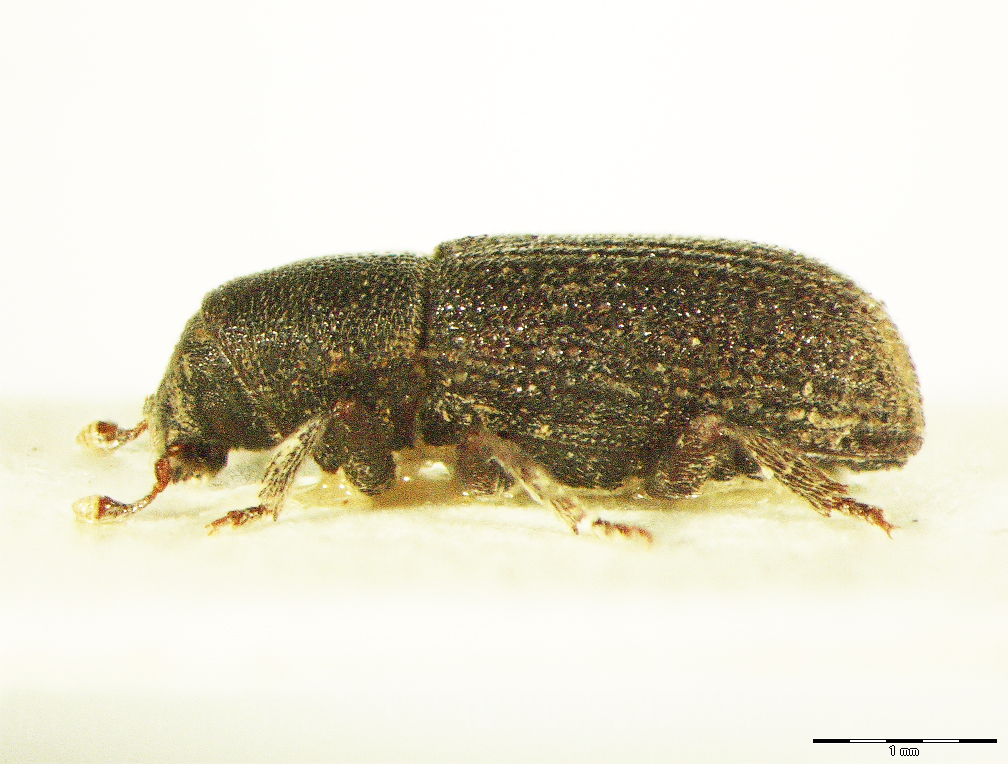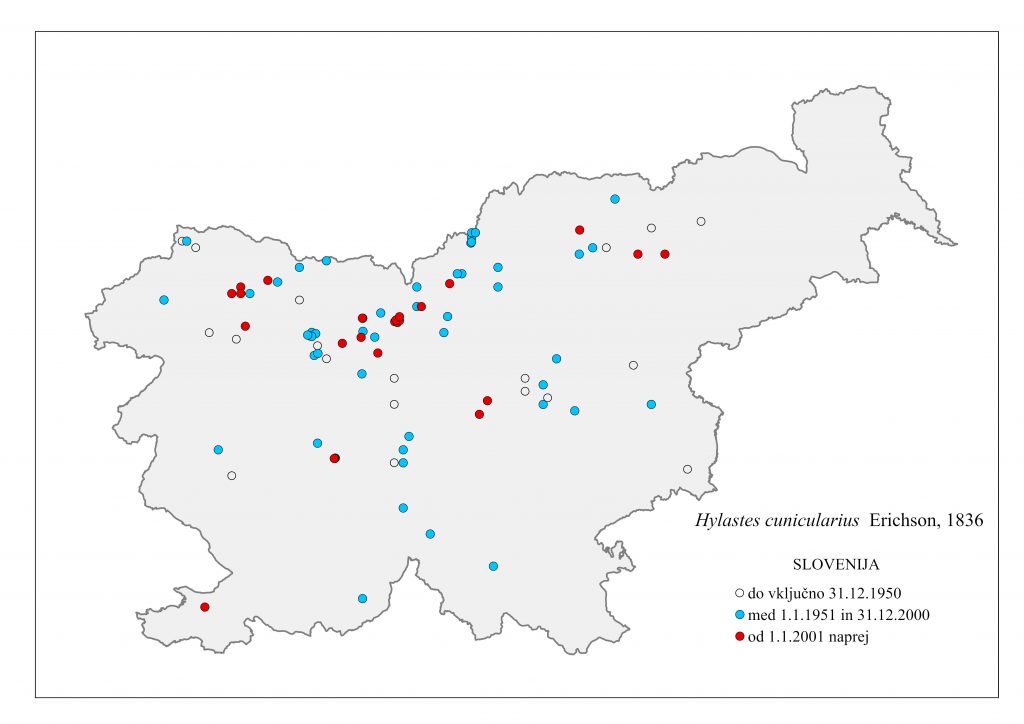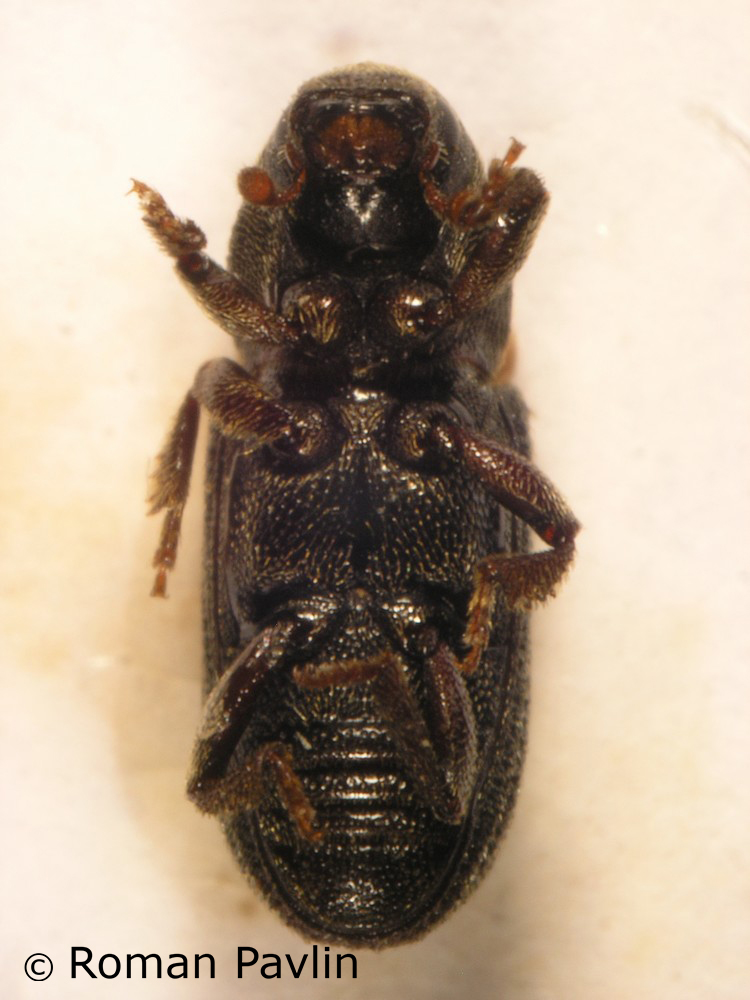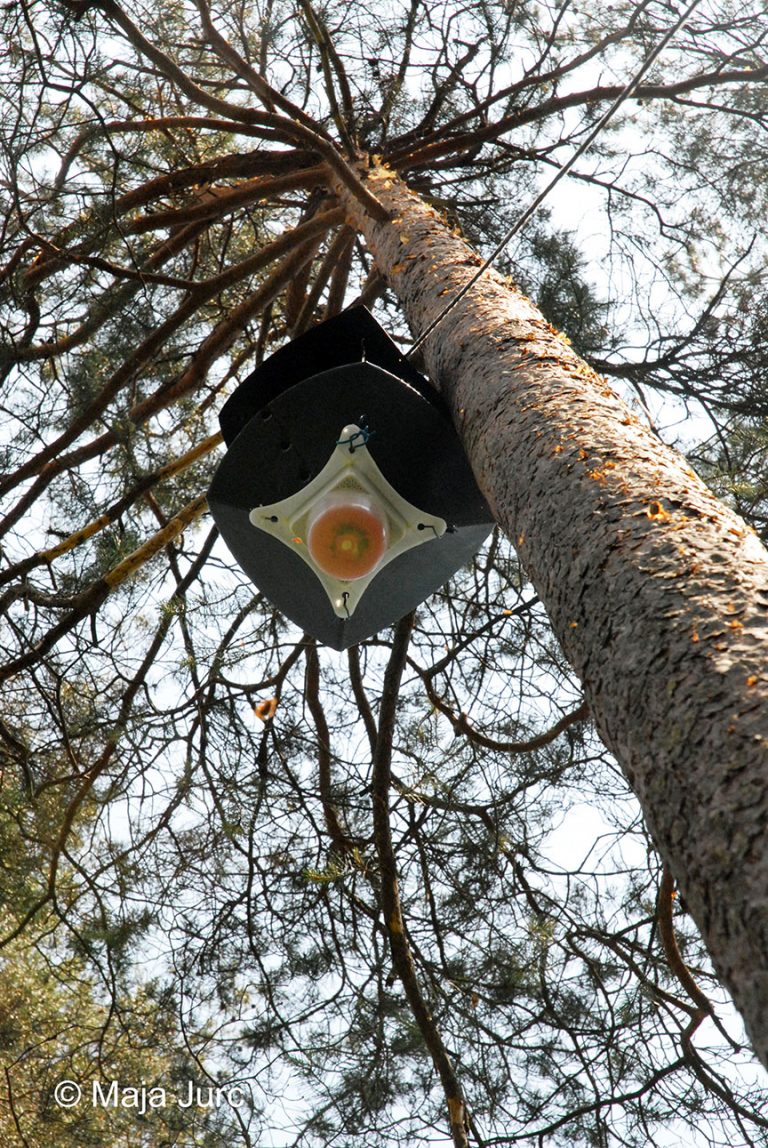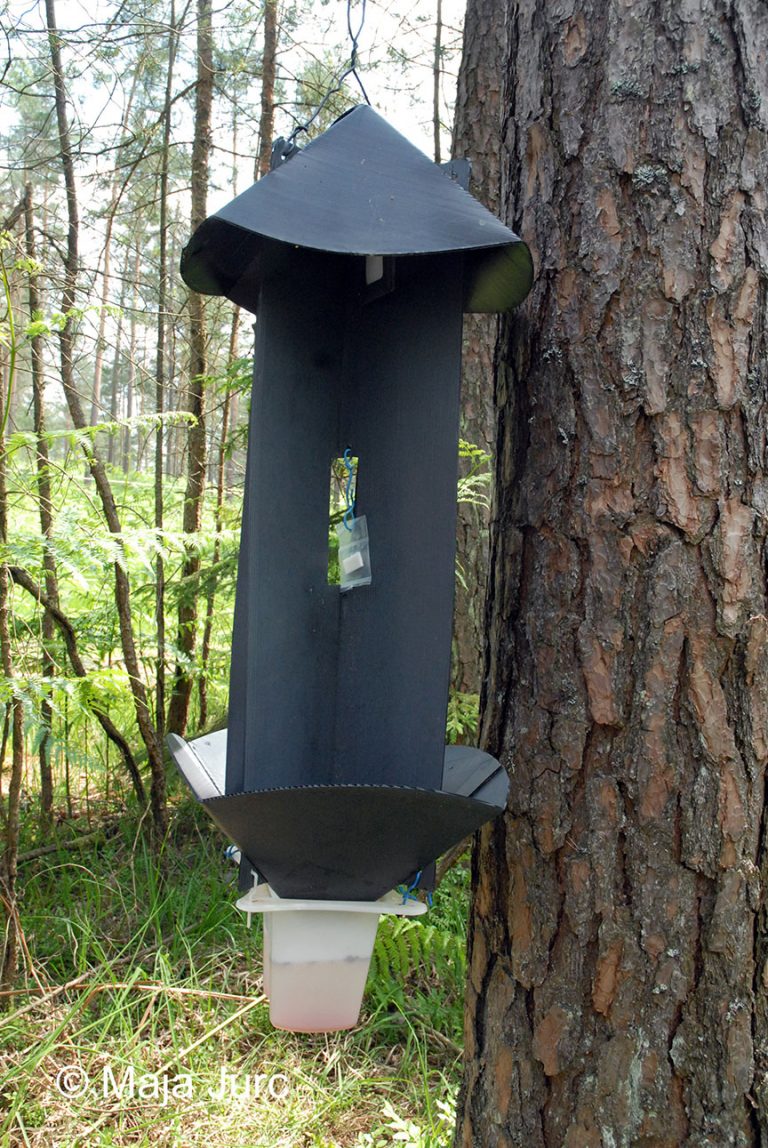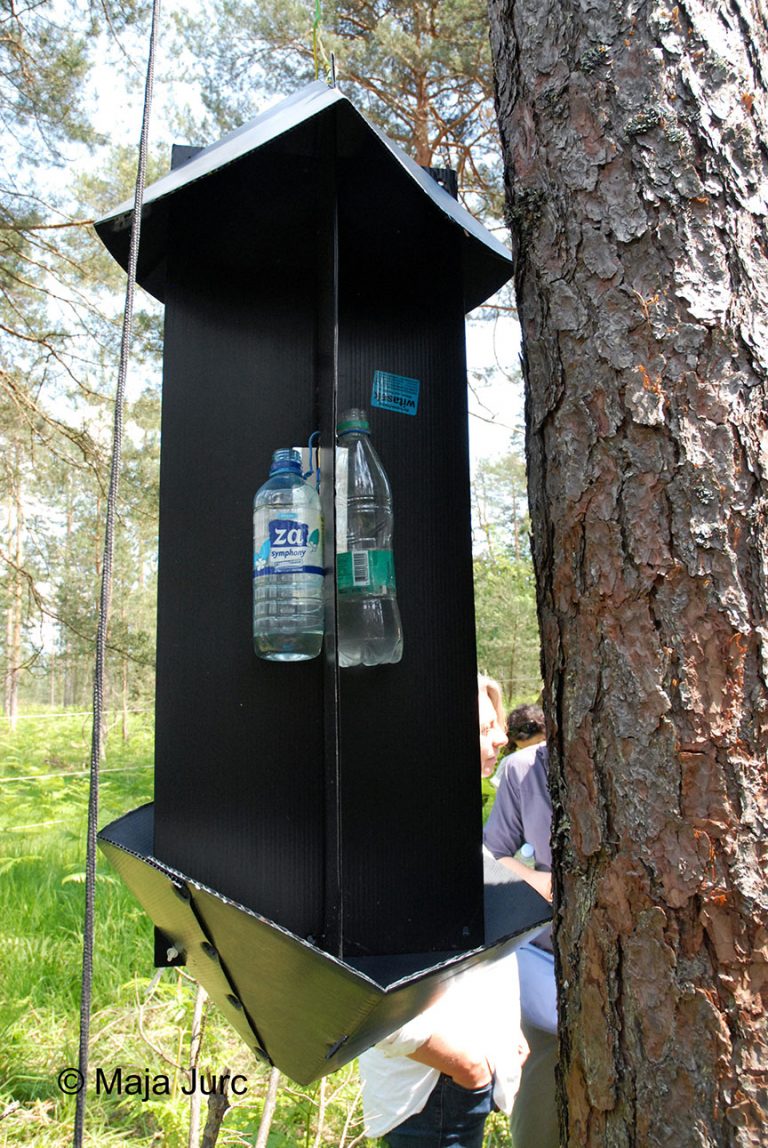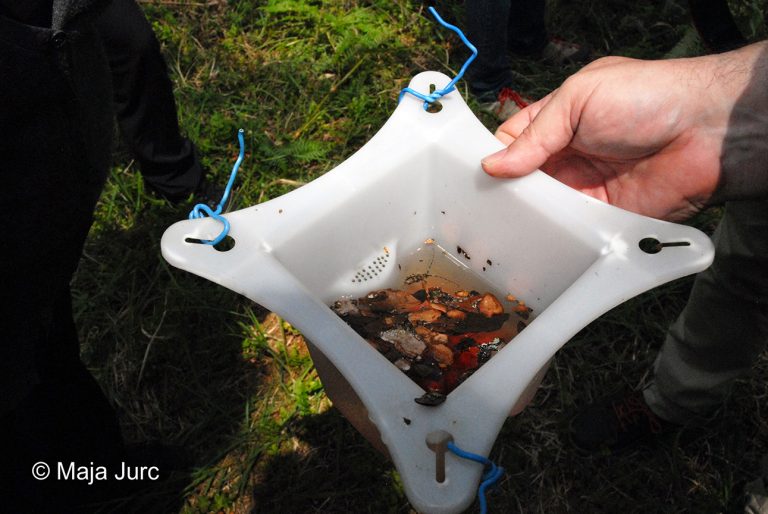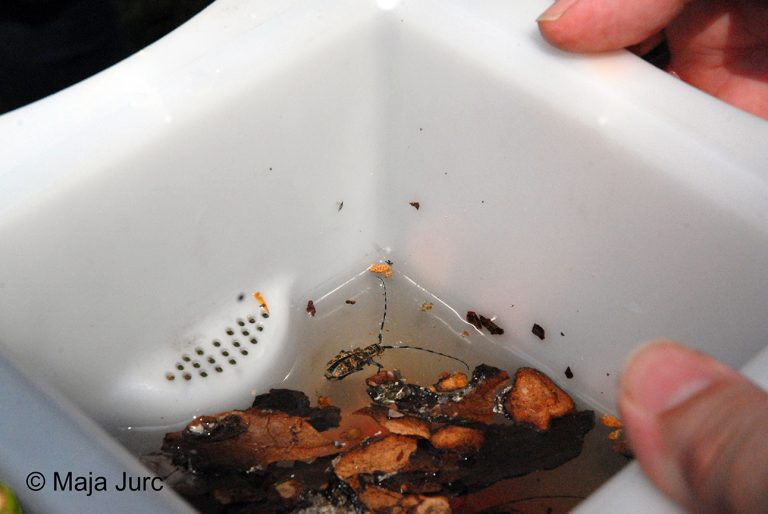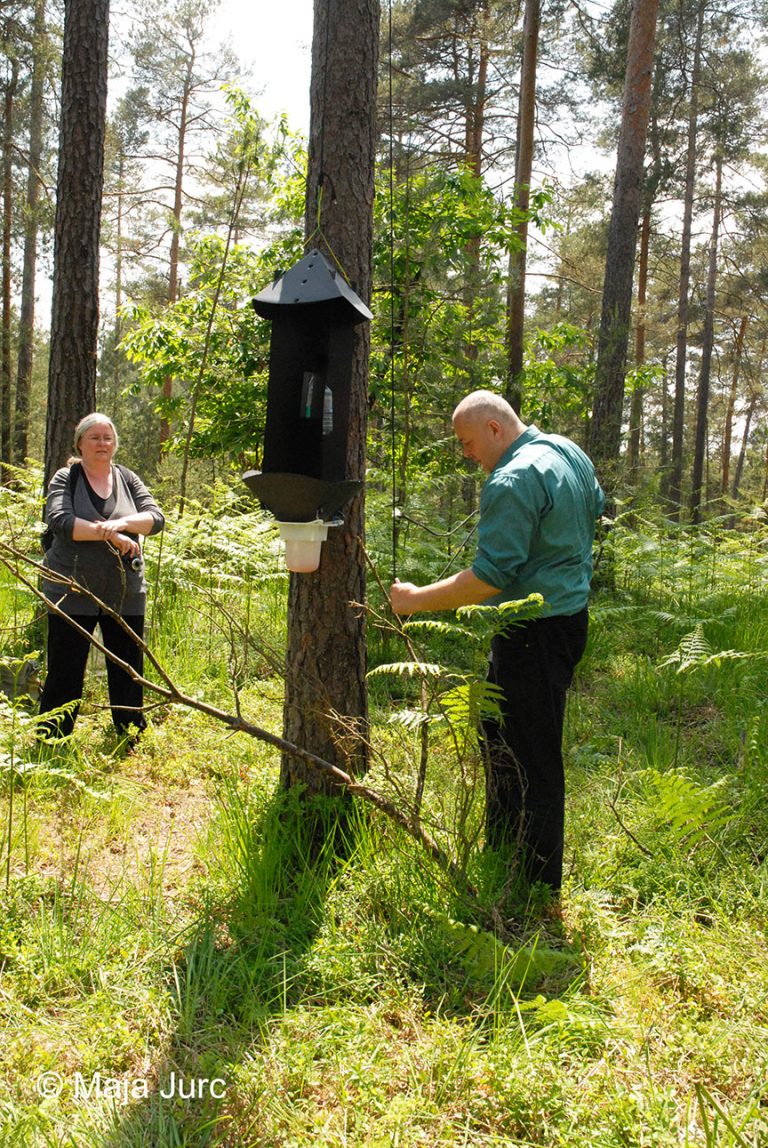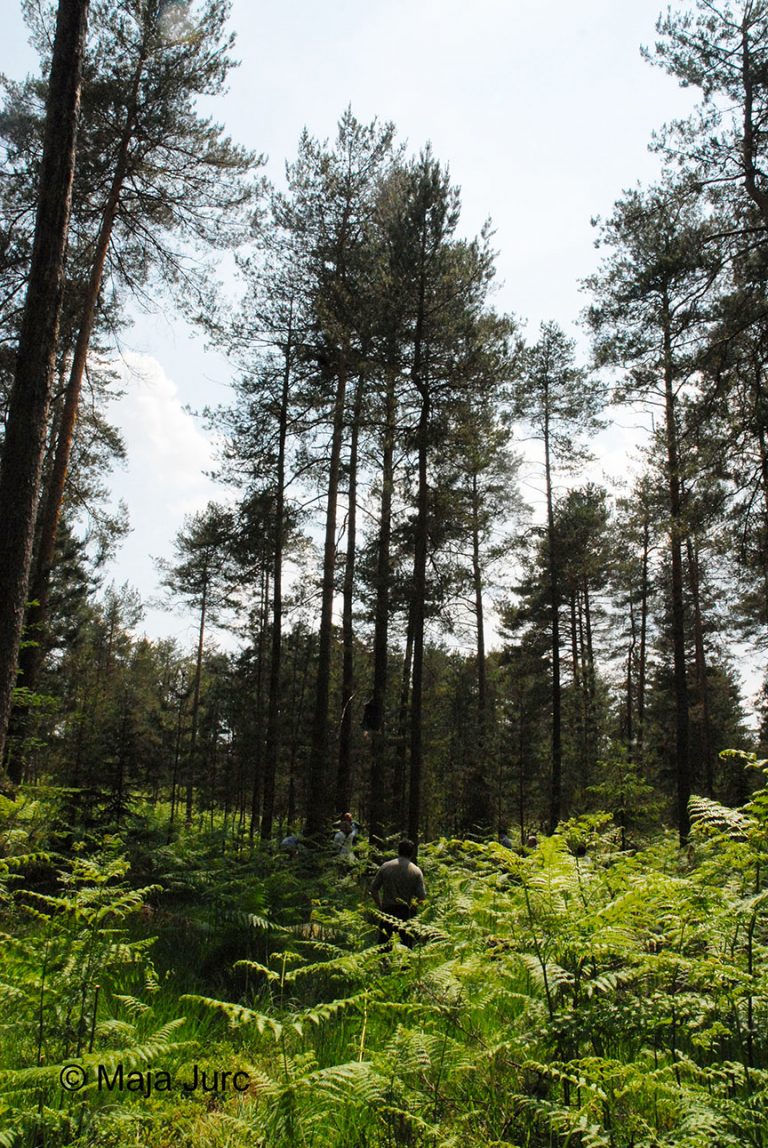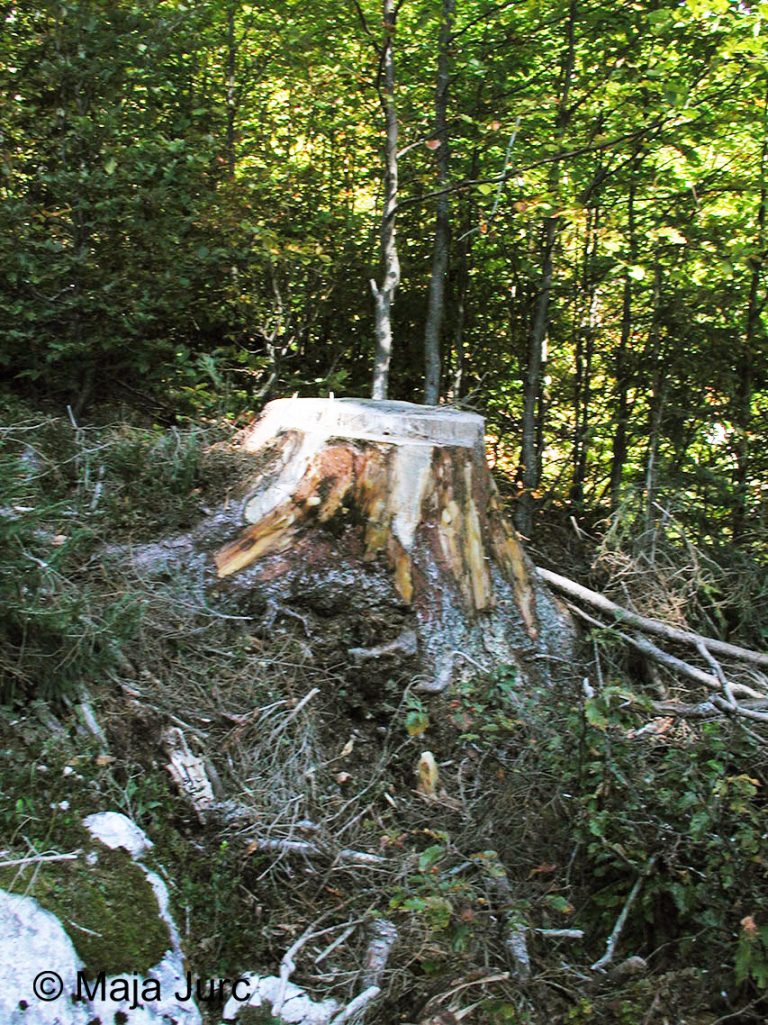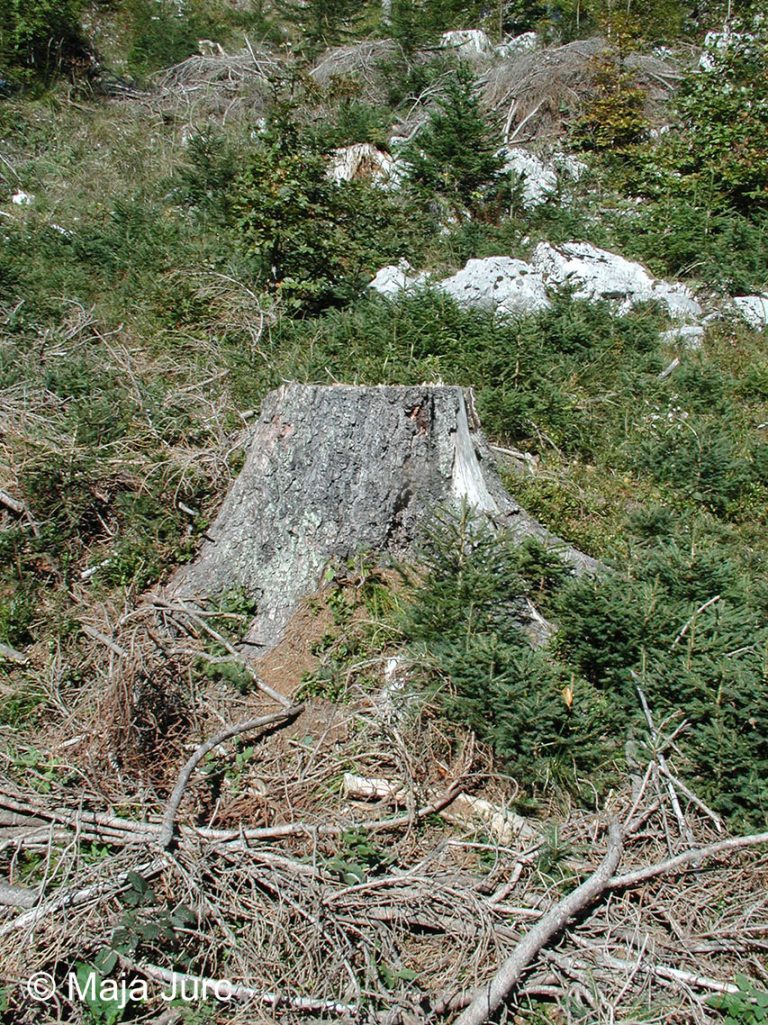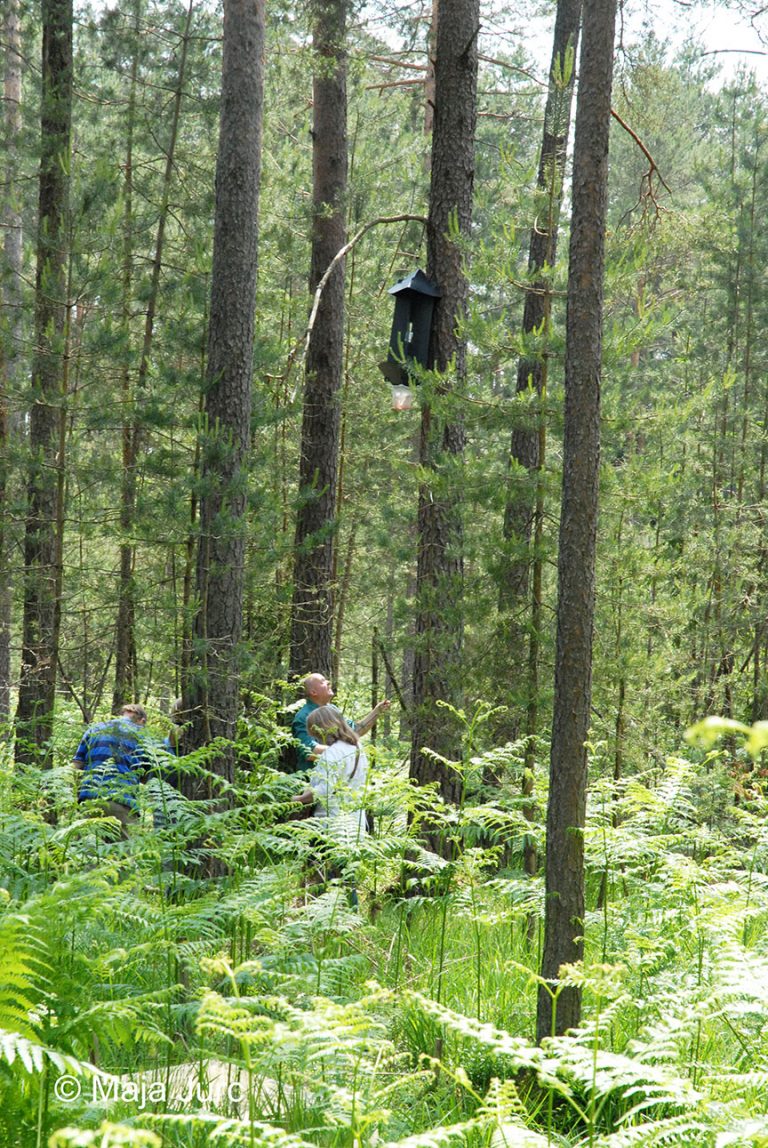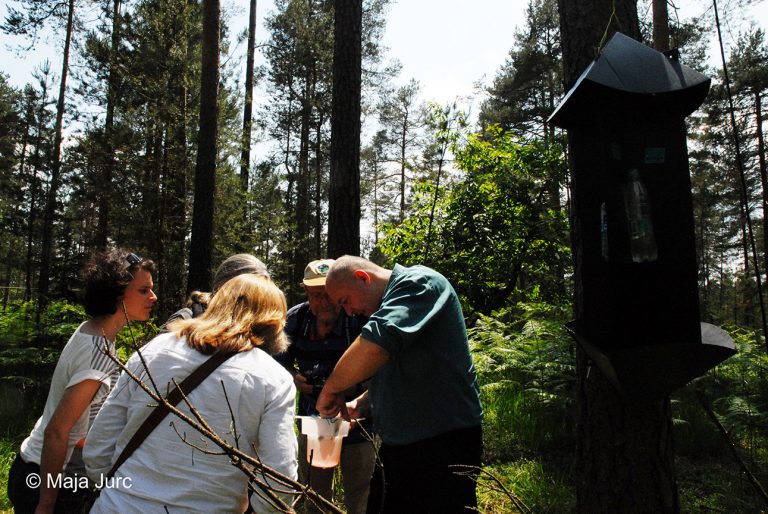01.05. Hylastes cunicularius (Erichson, 1836)
Presence
E: AU BE BH BU BY CR CT CZ DE EN FI FR GB GE GR HU IR IT LA LS LT MC NR NT PL PT SK SL SV ST SZ UK YU
N: AG
A: JA ES FE HUB LIA NC SHA SCH SY TR WS XIN YUN
Figure 11: Hylastes cunicularius, dorsal, lateral (Photo: Maja Jurc)
Older catalogs and keys – citations of name
Siegel 1866: Hylastes cunicularius Er.; Grüne 1979: H. cunicularius Erichson, 1836; Freude, Harde, Lohse 1981: H. cunicularius Erichson; Lucht 1987: H. cunicularius Er., 1836; Titovšek 1988: H. cunicularius Erichson; Pfeffer & Knížek 1993: H. cunicularius Erichson, 1836; Pfeffer 1995: H. cunicularius Erichson, 1836.
Figure 12: Hylastes cunicularius, distribution map according to historical and recent data
Ecology and presence in Slovenia
The species distribution is in central and northern Europe, northern Africa and Asia. The statement that the species is “rare in Carniola…” (Siegel 1866) is refuted by numerous older and more recent records in all Slovene provinces with the exception of Prekmurje and Bela Krajina (Figure 12). Hosts include Picea abies, P. obovata, P. orientalis, less frequently Larix decidua, Pinus sylvestris, Abies spp., exceptionally Pseudotsuga sp. In Slovenia, the species has been found on stumps and trunks of P. abies, but more frequently the beetles have been caught in traps. It has 1 to 2 generations per year, swarming in April and in July and August. The longitudinal, uniramous tunnel is 6-12 cm long. Adult length is 3.5-4.4 mm (Figure 11). The elytra arc down to the posterior sternite, the posterior sternites are straight. The neck shield is narrowest anteriorly, the head is clearly visible from above and is extended into a short snout. Sexual dimorphism is not clearly expressed. In young spruce stands it is detrimental because of maturely and regenerative eating.

